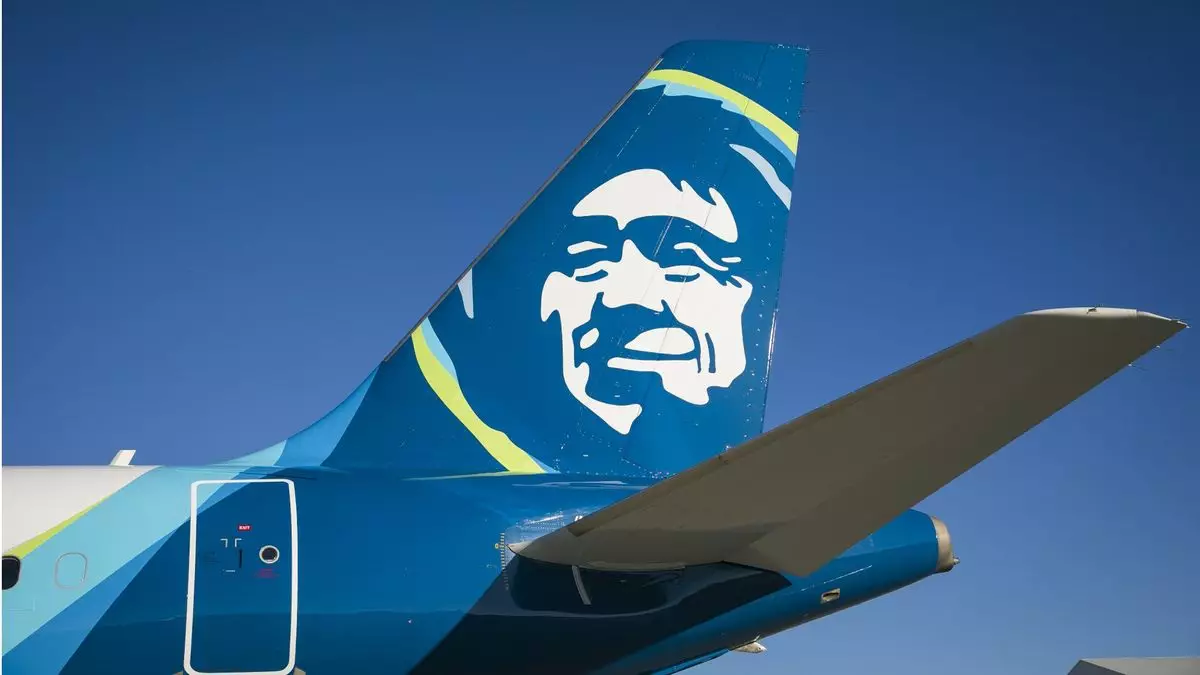In the competitive arena of air travel, business decisions often reflect broader market dynamics, and Alaska Airlines is no exception. The recent announcement regarding service suspensions at Washington Dulles Airport signifies not just a response to decreasing demand, but a strategic realignment in the face of widespread economic uncertainty and changing travel behaviors. As Alaska Airlines shifts its focus away from some of its underperforming routes, it’s essential to unpack the elements driving these decisions and their potential implications for the airline’s future.
Demand Fluctuations: The Economic Context
Alaska Airlines directly attributes its reduction in service to a drop in demand on its San Francisco and Los Angeles routes to Dulles. This decrease is not merely a blip on the radar; it’s symptomatic of wider economic trends and emerging patterns in travel. The correlation between economic uncertainty and reduced government-related travel is telling of the intricacies at play. Business travel, traditionally a lucrative segment for airlines, has struggled to recuperate as companies adopt hybrid work models and reassess the necessity of face-to-face meetings. In such an environment, airlines must exercise agility, adapting to shifting demand rather than stubbornly maintaining routes that no longer make fiscal sense.
Impact of Market Competition
The cutback on the San Francisco-Chicago O’Hare route further emphasizes Alaska Airlines’ challenge in an increasingly saturated market. Competing against giants like United and American, which dominate this corridor with frequency and brand loyalty, posed a significant hurdle. This reality underpins a vital point for Alaska: when entering or maintaining routes, market dominance, and competitive pricing are key factors that can make or break a flight path. By reassessing its presence in markets where competition is unyielding, Alaska Airlines is taking a calculated risk to focus on routes where it holds a competitive edge.
Strategic Focus on Core Markets
Despite the service reductions, Alaska Airlines is not retreating entirely; rather, it appears to be fortifying its core markets. Continuing to serve Washington Reagan National Airport from Los Angeles and San Francisco, as well as maintaining the Seattle and San Diego routes at Dulles, demonstrates a shift towards maximizing operational efficiency. Focusing on routes that yield consistent demand allows Alaska Airlines to maintain vital connections while optimizing its resources.
Furthermore, the imminent suspension of flights between Los Angeles and Nassau highlights the careful consideration Alaska Airlines must apply to its international offerings. While expanding to the Bahamas this winter was a bold step, quick paces into new markets require meticulous evaluation, especially in the face of fluctuating travel trends.
Alaska Airlines’ current strategy reflects the airline’s agile approach to a rapidly changing travel landscape. By suspending less profitable routes while bolstering more successful services, Alaska is positioning itself for long-term sustainability. In a climate where traveler preferences and economic factors constantly evolve, the ability to pivot and adapt will ultimately define the airline’s success in the years to come. The journey isn’t simply about cutting back; it’s about paving a clearer path for future growth and resilience.

